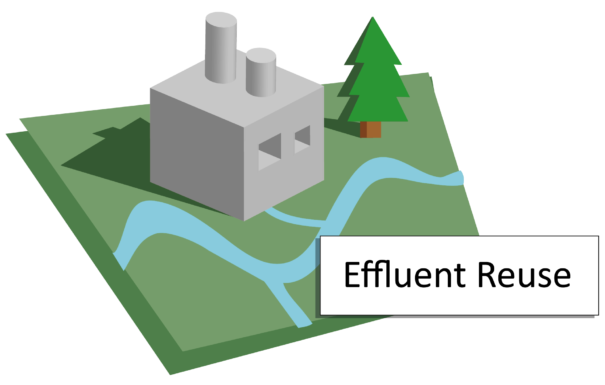
Enable reuse of industrial or municipal effluent to reduce reliance on freshwater
Take return flows (treated wastewater) from industrial, municipal, or commercial operations and reuse that water for other industrial purposes. This approach supports development without needing to withdraw additional freshwater, while also reducing release of treated wastewater back into the river.
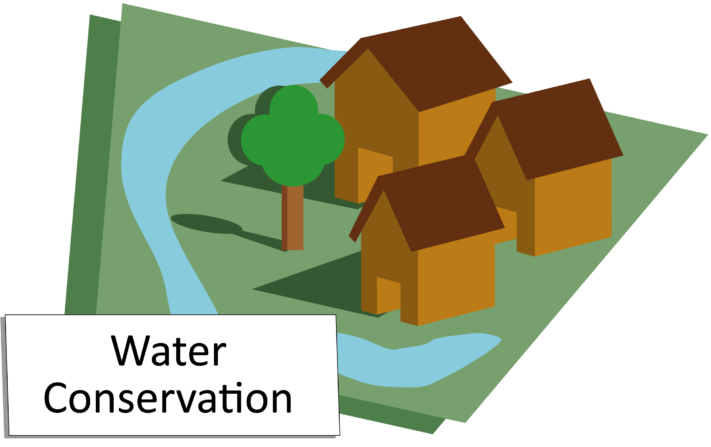
Continue to achieve water conservation and efficiency improvements as communities develop
Promote conservation and efficiency practices for municipal, industrial, and commercial water use. This strategy aims to support future development without increasing the demand for freshwater across the entire basin. This strategy would focus heavily on reducing freshwater demand for industrial and commercial uses, as municipalities typically see a relatively high return rate so reductions in municipal water use would have less effect on river flow.
Benefits would be proportional to the degree of conservation practiced. Some benefits could include:
Explore new on-stream multi-purpose storage options
On-stream storage refers to infrastructure built on the river with the capacity to alter flows, such as reservoirs and dams. This strategy includes further exploring new, multi-purpose storage opinions based on the needs of the basin and water users.
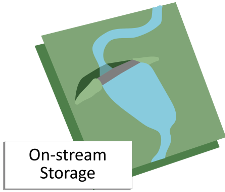

Develop new and existing off-stream storage sites to meet multiple basin water management objectives
Off-stream storage refers to water-storing infrastructure (e.g., reservoirs, lakes) located away from the river and tributaries. This strategy includes further exploring new, multi-purpose storage opinions based on the needs of the basin and water users.
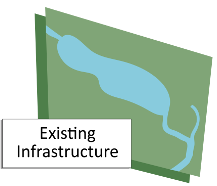
Alter existing water storage infrastructure and operations to meet multiple basin water management objectives
Alter existing water storage operations and infrastructure to meet multiple basin objectives for flexible water management. This includes examining lakes, dams, and smaller weirs and structures to increase the water management benefits.
Benefits would depend on the current infrastructure and the suggested operational changes.
Trade-offs would depend on the current infrastructure and the suggested operational changes.
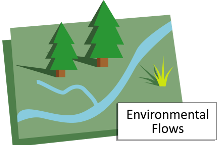
Establish instream flow needs or similar targets for all tributaries in the basin as a precautionary water management measure
Set Instream Flow Needs (IFNs) on some of the larger tributaries in the basin. This strategy includes investigating how often the targets would be met if a minimum flow was implemented and the volume of shortages that would result from flow target violations. This strategy is intended to proactively manage ecosystem health and naturalize streamflow.
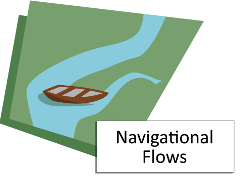
Implement minimum flows to improve navigation in the lower Athabasca basin
Implementing minimum navigational flows to improve navigation for Indigenous peoples on the Athabasca River. This strategy aims to meet navigational flows through water management as ideal minimum flows are not met naturally in many cases.
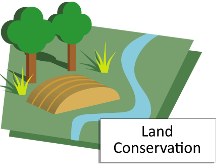
Increase the quantity and improve the condition of conserved and restored land across the basin.
Increase the amount and improve the condition of conserved and restored land across the basin, particularly in areas of high biodiversity or hydrologic importance. This strategy aims to maintain and improve hydrologic function and watershed health, while focusing on areas that have low value for resource development but still meet biodiversity targets. This will minimize the lost opportunity cost of protecting an area while still improving streamflow and water quality while providing for a well managed and intact landscape that can help to mitigate flooding, etc.
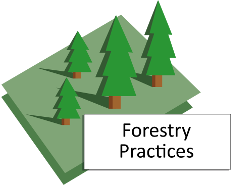
Support practices in Forest Management Agreements that minimize hydrologic change.
Implement sustainable forest management and stewardship to minimize hydrologic impacts of timber harvest. Forest canopies play a role in the watershed through evapotranspiration of precipitation, effects on snow accumulation and ablation, and influence on soil water storage. This strategy aims to improve sustainable forest management and stewardship to minimize hydrologic change.
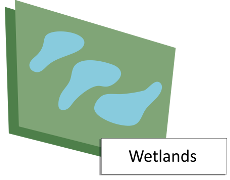
Avoid further wetland loss and functional impairment and promote more wetland restoration, education, and best management practices focused on minimizing impacts
Avoiding wetland loss and promoting wetland restoration through the continued refinement, implementation, and enforcement of related legislation, policies, and mechanisms. Wetlands create unique and diverse habitats for a wide range of organisms, serving a vitally important role on the landscape. This strategy aims to maintain or improve the hydrological benefits of wetlands.

Reclaim or deactivate linear features and reduce future linear disturbances in watersheds
Reduce the total linear footprint on the landscape through mechanisms such as road and trail deactivation, seismic line reclamation, and restrictions on off-highway vehicle use. Linear features fragment the landscape and have the potential to interrupt hydrologic functions and ultimately affect streamflow. This strategy aims to reduce this interruption and to determine the hydrological impact of linear disturbances in terms of changes to streamflow.
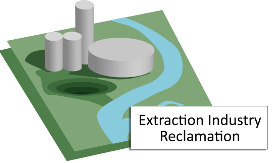
Continue to set and meet high standards of reclamation of extraction footprint to maintain or improve hydrological functions in a watershed.
Support continued reclamation practices and enforcement in the extraction sector. This strategy aims to ensure mines and pits are reclaimed in a manner that restores or improves watershed functions and would apply wherever there is an extraction footprint in the basin.
We provide Canadian educational resources on water practices to promote conservation and sustainability. Our team crafts current and relevant content, while encouraging feedback and engagement.
The Canada WaterPortal is a registered charity, #807121876RR0001
We recognize and respect the sovereignty of the Indigenous Peoples and communities on whose land our work takes place.
© 2025 All Rights Reserved.